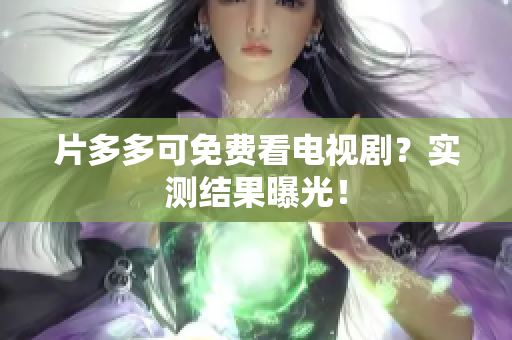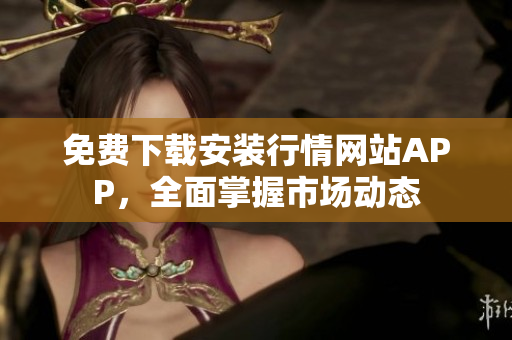Introduction
Art is a universal language that transcends time and culture. From classical sculptures to modern digital installations, art has the power to connect people from all walks of life and bring them together. In this article, we will explore some of the greatest masterpieces of Western humanistic art, and examine their enduring impact on society.
The Mona Lisa by Leonardo da Vinci
One of the most famous paintings in history, the Mona Lisa, was created by Leonardo da Vinci in the early 16th century. This masterpiece is celebrated for its stunning use of perspective, impeccable shading, and enigmatic smile. The Mona Lisa has captured the imaginations of countless people throughout the centuries, and she remains an icon of the Renaissance era.
The Statue of David by Michelangelo
Another masterpiece of Renaissance art is the Statue of David, created by the brilliant Michelangelo. This iconic sculpture depicts the biblical hero in all his glory, with incredible anatomical accuracy and attention to detail. The Statue of David was originally intended to be placed atop the Florence Cathedral, but it captured the hearts of the people and was eventually moved to the Galleria dell'Accademia.
The Sistine Chapel Ceiling by Michelangelo
Michelangelo also created one of the most breathtaking masterpieces of Western art, the Sistine Chapel Ceiling. This incredible fresco features nine panels, each one telling a different story from the Book of Genesis. Michelangelo spent four years on this monumental work of art, and his dedication and skill are evident in every brushstroke.
The Birth of Venus by Sandro Botticelli
One of the most beloved paintings of the Italian Renaissance, The Birth of Venus, was created by Sandro Botticelli. This stunning masterpiece captures the mythological goddess in all her beauty, emerging from the sea foam. The Birth of Venus is celebrated for its ethereal colors, graceful composition, and exquisite details.
Conclusion
These incredible works of art are just a few examples of the vast and rich tradition of Western humanistic art. From the realistic portraits of the Renaissance to the bold abstractions of the modern era, art continues to evolve and inspire. These masterpieces remind us of the power of human creativity, and the enduring impact it can have on our world.
However, it is important to remember that art is not just a luxury for the elite. It is a vital part of our human experience, and it should be accessible to everyone. By supporting and promoting the arts, we can enrich our communities, foster creativity and innovation, and build a more vibrant and inclusive society.
So let us continue to celebrate and embrace the beauty and diversity of humanistic art, and recognize its profound impact on our past, present, and future.









